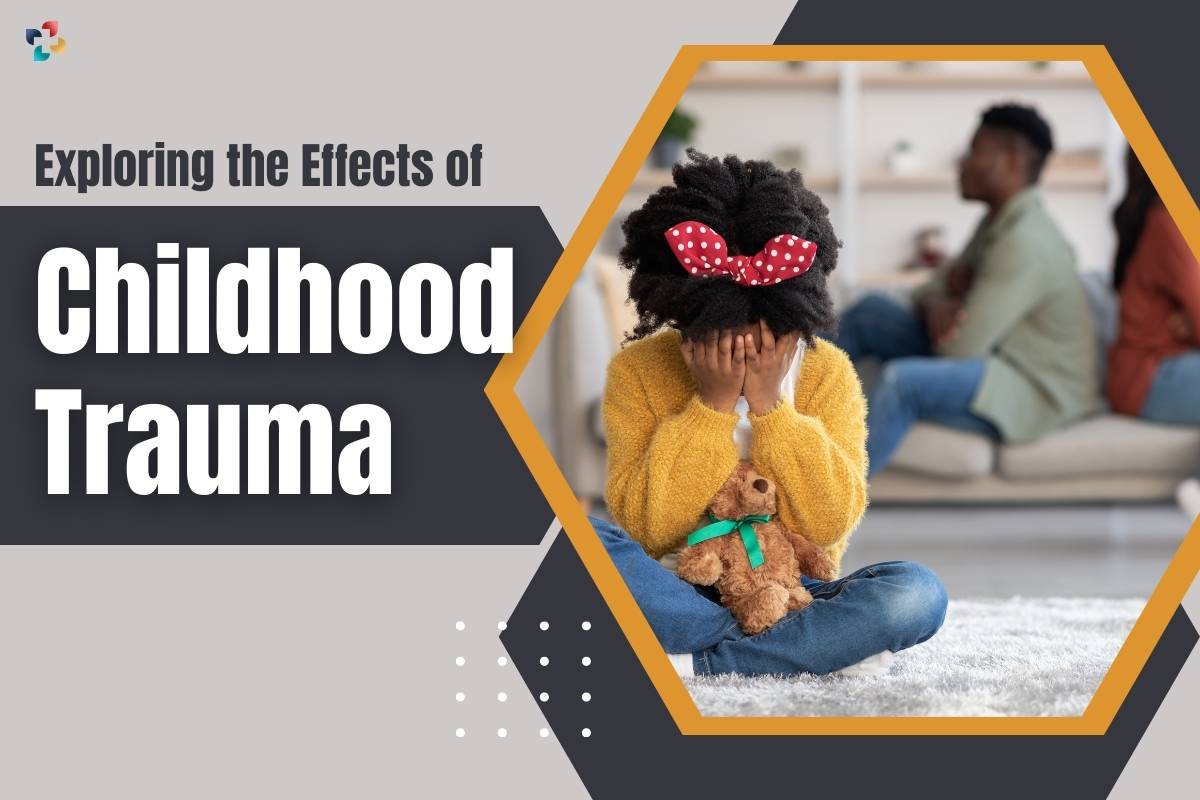Childhood is frequently thought of as a period of purity, discovery, and development. But for some people, this time may be tarnished by traumatic events that have a lasting impact on their lives. The term “childhood trauma” refers to a variety of traumatic experiences that occur during early development and have a substantial impact on a person’s physical, mental, and emotional health. We examine the complex impacts of childhood trauma in-depth in this investigation, highlighting the difficulties people may encounter and the value of trauma-informed care in promoting recovery and resilience.
1. Defining Childhood Trauma
Childhood trauma refers to experiences that pose a threat to a child’s physical or emotional well-being, often disrupting their sense of safety and security. These traumatic events can manifest in various forms, including physical, emotional, or sexual abuse, neglect, witnessing domestic violence, or experiencing the loss of a parent. The defining characteristic is the overwhelming stress that exceeds a child’s ability to cope, leaving lasting imprints on their development.
2. The Far-Reaching Consequences
A. Emotional Impact
The emotional impact of childhood trauma extends far beyond the immediate aftermath of the traumatic events. Individuals grappling with the aftermath may find themselves haunted by persistent feelings of anxiety and depression, creating a complex emotional landscape. The heightened sense of fear may manifest as hypervigilance, where individuals are constantly on edge, anticipating potential threats.

Emotional regulation becomes a formidable challenge, leading to intense mood swings that can be overwhelming. Forming secure attachments with others becomes a delicate task, as trust issues may arise, impacting the ability to establish and maintain healthy relationships. This emotional turbulence underscores the need for empathetic and specialized interventions to navigate the intricate journey of healing.
B. Cognitive Effects
Childhood trauma not only casts a long shadow over emotional well-being but can also profoundly affect cognitive development. The scars of traumatic experiences may impair crucial cognitive functions, such as memory, attention, and executive functions. Individuals who have endured childhood trauma may encounter obstacles in academic settings, struggling with learning and achieving their full potential.
Memory disruptions may impede information retention, making it challenging to engage effectively in educational pursuits. Attention difficulties can further complicate the learning process, affecting concentration and comprehension. Recognizing and addressing these cognitive challenges is paramount to fostering an environment that supports the holistic development of individuals who have faced childhood trauma.
C. Social and Interpersonal Challenges
Childhood trauma casts a pervasive impact on social and interpersonal domains, disrupting the development of essential social skills. Individuals who have experienced trauma may find it challenging to form and sustain connections with others, navigating a complex terrain of interpersonal challenges.
The aftermath of trauma can result in a heightened sense of isolation and alienation, as individuals grapple with trust issues and difficulty establishing meaningful relationships. The social fabric becomes intricate, with individuals often wrestling with a sense of vulnerability that hinders their ability to engage authentically with the world around them. Addressing these social and interpersonal challenges is crucial for fostering healing and promoting resilient connections.
3. Trauma’s Impact on Physical Health

A. Neurobiological Changes
Childhood trauma can induce alterations in the brain’s structure and function. The stress response system, including the release of cortisol, may become dysregulated, contributing to a heightened state of vigilance and potential long-term health issues.
B. Increased Vulnerability to Health Conditions
Individuals who have experienced childhood trauma may face a higher risk of developing various health conditions, including cardiovascular diseases, autoimmune disorders, and chronic pain. The link between early adversity and physical health underscores the intricate connection between mind and body.
4. Trauma-Informed Approaches to Healing
A. Recognizing and Validating Experiences
A trauma-informed approach involves recognizing the prevalence and impact of childhood trauma. Creating safe and supportive environments involves acknowledging individuals’ experiences without judgment and validating the challenges they may face.
B. Building Resilience
Resilience, the ability to adapt and recover from adversity, plays a crucial role in mitigating the effects of childhood trauma. Trauma-informed interventions focus on fostering resilience through therapeutic strategies, support networks, and skill-building activities.
C. Counseling and Therapy
Mental health professionals employ trauma-informed therapy modalities, such as cognitive-behavioral therapy (CBT) and eye movement desensitization and reprocessing (EMDR), to help individuals process and heal from traumatic experiences.
5. Breaking the Intergenerational Cycle
A. Preventing Transmission of Trauma
Recognizing the intergenerational impact of trauma is essential. Trauma-informed approaches aim to break the cycle by providing support and resources to parents and caregivers, equipping them with the tools to create nurturing and stable environments for their children.
B. Educating and Raising Awareness
Community-wide education and awareness efforts are crucial in dismantling stigmas surrounding childhood trauma. By fostering understanding and empathy, societies can contribute to creating a more compassionate and supportive environment for survivors.
6. The Role of Public Policy

A. Access to Mental Health Services
Adequate access to mental health services is a vital component of addressing the effects of childhood trauma. Public policies that prioritize mental health resources, especially for at-risk populations, can contribute to early intervention and support.
B. Advocacy for Trauma-Informed Practices
Advocacy efforts play a pivotal role in promoting trauma-informed practices in various sectors, including education, healthcare, and social services. Encouraging policy changes that prioritize trauma-informed approaches can have a lasting positive impact on individuals and communities.
Conclusion
Fostering empathy, support, and healing requires an understanding of the severe and long-lasting effects of childhood trauma. By implementing trauma-informed strategies at the individual, community, and policy levels, we may endeavor to end the traumatizing cycle and provide survivors with the tools and surroundings they require to flourish. Although the path to healing is difficult, people can find resilience and well-being if they have access to strong support networks, compassion, and awareness.
Also Read: How to Talk to Your Child About Personal Hygiene Practices







